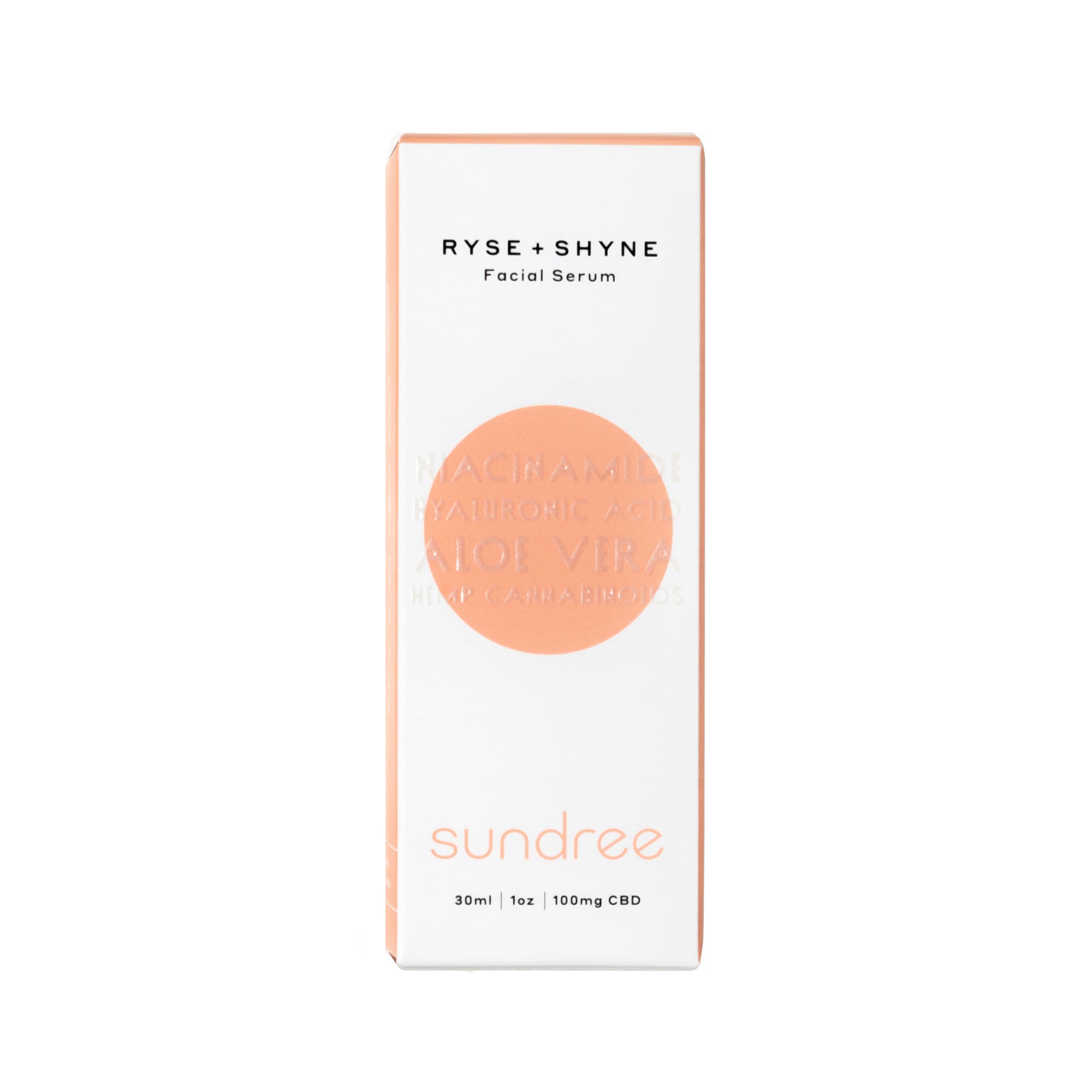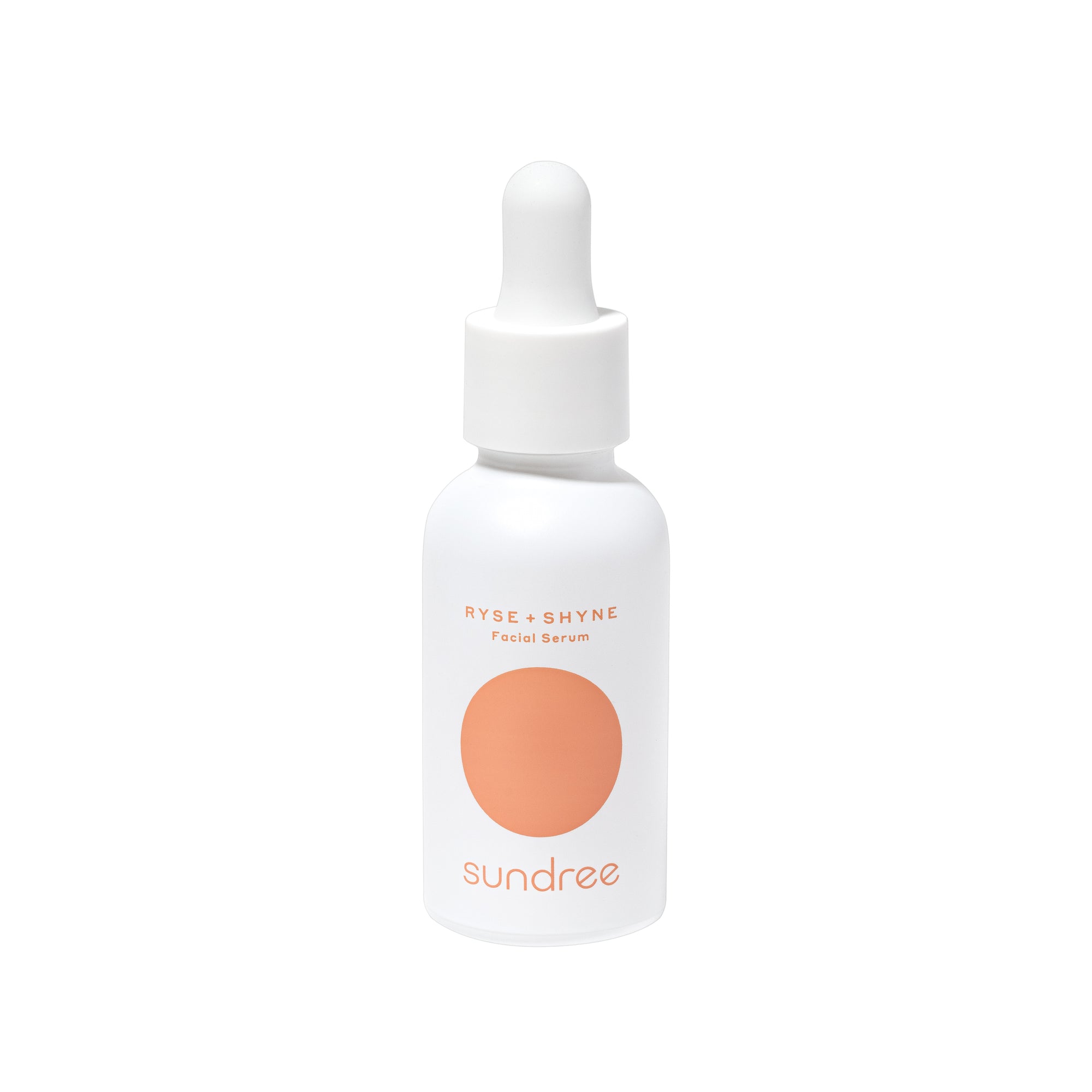Sunscreen should be worn throughout the year, whether it’s rainy, sunny, or cloudy outside. This is why you’ll see sun protection as a crucial part of every skincare regimen. Dermatologists, beauty experts, and skincare devotees worldwide stress the importance of wearing sunscreen every day.
Despite the crucial role of sunscreen in maintaining healthy skin, it can be challenging to choose a sunscreen that works your individual skin. To help you make the best choice, we’ll discuss the different types of sunscreen, their differences, and their pros and cons. So, let’s get started!
What is Sunscreen?
Sunscreen is a skincare product that helps defend against the damaging effects of ultraviolet rays and free radicals found in the environment. Our skin regularly comes in contact with these elements, resulting in skin damage if not taken care of by sunscreen. You can choose from a range of topical sunscreen products in the market, including creams, lotions, sprays, and gels, which work to shield the skin against oxidative stressors. Topical sunscreens are divided into two categories, i.e., physical or mineral and chemical. Read on to learn more!
Why Do You Need Sunscreen?
You might already know that UVA and UVB radiation of the sun are responsible for cell damage, which can lay the ground for various skin issues. Unprotected and prolonged exposure to these rays can take a toll on the health and appearance of the skin. Some of the common skin issues that arise due to the harmful effects of UV rays include premature wrinkles, sunspots, fine lines, inflammation, melasma, freckles, and age spots.¹ These rays are dangerous enough to even cause certain types of skin cancers. UV rays can damage the skin cells and affect our skin’s outer lipid barrier and underlying connective tissue. A compromised barrier can make the skin more susceptible to damage by external toxic agents, like dirt, bacteria, smoke, and chemicals, in the environment.
What Are Different Types of Sunscreen
With an unending range of sunscreen products, choosing a sunscreen can be tricky and even frustrating. Hence, it’s essential to know the types of sunscreens and how each works on the skin. So, let’s get familiar with physical and chemical sunscreen so you can make the best choice.
What are Chemical Sunscreens?
Chemical sunscreen comprises of avobenzone, homosalate, octinoxate, oxybenzone, octocrylene, and octisalate filters in their formulas to guard the skin against UV rays.² Most chemical sunscreen products available in the market contain a combination of two or more of these filters instead of just one.
Pros and Cons of Chemical Sunscreens
Below are some pros and cons of chemical sunscreen to help you decide better:
- Chemical sunscreens work by absorbing the UV rays (like a sponge) and transforming them into heat. The heat generated as a result is then released from the skin.
- The filters or ingredients added to chemical sunscreens work to absorb both UVA and UVB rays, protecting them from the adverse effect of both kinds of radiation.
- Sunscreen products with chemical filters need to seep into the skin and initiate their work against UV rays. Therefore, you must wait for at least 15 to 20 minutes after applying the sunscreen before heading out in the sun.
- Other than filtering the UV rays, antioxidants in these sunscreens fight off oxidative damage due to other pollutants, preventing cell damage, premature signs of aging, inflammation, and hyperpigmentation. So, you’ll be enjoying added benefits for your skin besides protecting it from the harms of sunlight.
- Sunscreen products made with chemical filters are usually lightweight. The lighter consistency makes them easy to slather on and blend into the skin. These are easier to use with other skincare or makeup products.
- As chemical sunscreens do their job by absorbing into the skin and producing heat, they can irritate people with sensitive and easily irritable skin. If you have an inflammatory skin issue, chemical sunscreen may not be the best option for you.
What are Physical Sunscreens?
These are also frequently referred to as mineral sunscreen. Physical sunscreen products use mineral filters or fine mineral particles to defend the skin against UV rays. Physical/mineral sunscreens harness their sun protective abilities from zinc oxide and titanium dioxide.
Pros and Cons of Physical Sunscreens
Following are some of the pros and cons physical or mineral sunscreens come with:
- Like chemical filters, mineral filters also work effectively to deflect both UVA and UVB radiations, providing comprehensive protection against sunlight.
- The micronized mineral particles of zinc oxide and titanium dioxide work by forming a protective coating or film on the exterior surface of the skin. This protective layer deflects UV rays as soon as they hit the skin instead of absorbing them.³
- Physical sunscreens are also called sunblocks due to their ability to block or deflect the harmful sun rays from entering the skin.
- Mineral filters in these sunscreens are also a source of other natural compounds, which are moisturizing, non-irritating, and non-comedogenic. They benefit sensitive, acne-prone, dry, itchy, and inflamed skin.
- You can find physical/mineral sunscreens formulated with only mineral filters and combined with chemical filters. Both types of filters are combined with increasing the spectrum of the sunscreen.
- Unlike chemical sunscreen products, mineral sunscreens start working as soon as you slather them onto your skin. So, you don’t have to wait after the application before heading outdoors.
- Another reason that makes physical aka mineral sunscreens a great choice is their longer shelf life compared to chemical sunscreen. You don’t have to stress about them expiring or going bad in a few months after opening. They can last up to 3 years.
- Compared to chemical sunscreens, mineral sunscreens have a thicker or heavier consistency, so it might take more time to spread them on the skin. Also, they leave a white cast on the skin and can be a bit greasy.
Chemical or Physical Sunscreen?
If you’re still not sure which sunscreen is the best for you, we’ve got you covered. You can try both types of sunscreen and see which makes your skin look and feel better. Since we all have unique skin, our skin may respond differently to different ingredients in sunscreens. Therefore, you should go with sunscreen that makes your skin feel more comfortable. Once you find a formula that works for you, stick to it. Also, make sure the formula you choose suits your skin type. For example, if your skin is dry and sensitive, use a moisturizing cream or lotion-based physical sunscreen.
What to Look for In Sunscreen?
Now that you know all the good and bad stuff about both types of sunscreens, you might be wondering how to find a sunscreen product that will suit your skin and its specific needs. Well, keep on reading to find out.
- Choose a Product with Broad Spectrum: A broad-spectrum sunscreen product means that it protects from both UVA and UVB radiations. It’s important to note that all the sunscreen products work against UVB rays, but only a few shield your skin from both kinds of rays. UVA ray damage can lead to early signs of aging appearing on the skin. Therefore, you need to protect your skin against their harmful effects too.
- Find Sunscreen with SPF 30 or Above: The higher the SPF of your sunscreen, the more protection it will provide, especially against UVB rays. A sunscreen formula with an SPF of 15 can filter up to 93% of UVB rays and can effectively prevent sunburns, while a sunscreen with SPF 30 can filter 97% of UVB rays, helping prevent premature aging of the skin and other severe skin problems.
- Opt for a Water-resistant Sunscreen: Water-resistant sunscreens usually work for 40 to 80 minutes when you’re sweating or swimming, and you need to reapply them frequently.
Final Thoughts
The significance of sunscreens in keeping the skin looking and feeling youthful and healthy is undeniable. However, finding the right fit for your skin can be daunting work sometimes. You can choose from chemical and physical/mineral sunscreens. Sunscreens differ in their level of protection, ingredients, stability, texture, and safety. The type of sunscreen and formula (gel, cream, lotion, or spray) you choose depends on your preference, desired outcome, and skin type. So, choose wisely.
We hope this article will help you choose the sunscreen that yields the best results for your skin. Stay sun protected!
Citations:
- Fletcher, Jenna. (2018). ‘What is Melasma’, MedicalNewsToday, Accessed February 9, 2022. Available at: https://www.medicalnewstoday.com/articles/323715
- Miller, Korin. (2019). ‘Is Oxybenzone In Sunscreen Dangerous? Here’s How It May Impact Your Health’ Prevention, Accessed February 9, 2022. Available at: https://www.prevention.com/health/a27556739/oxybenzone-sunscreen-safety/
- Lucas, Jim. (2017). ‘What is Ultraviolet Light’, LiveScience, Assessed February, 10, 2022. Available at: https://www.livescience.com/50326-what-is-ultraviolet-light.html













